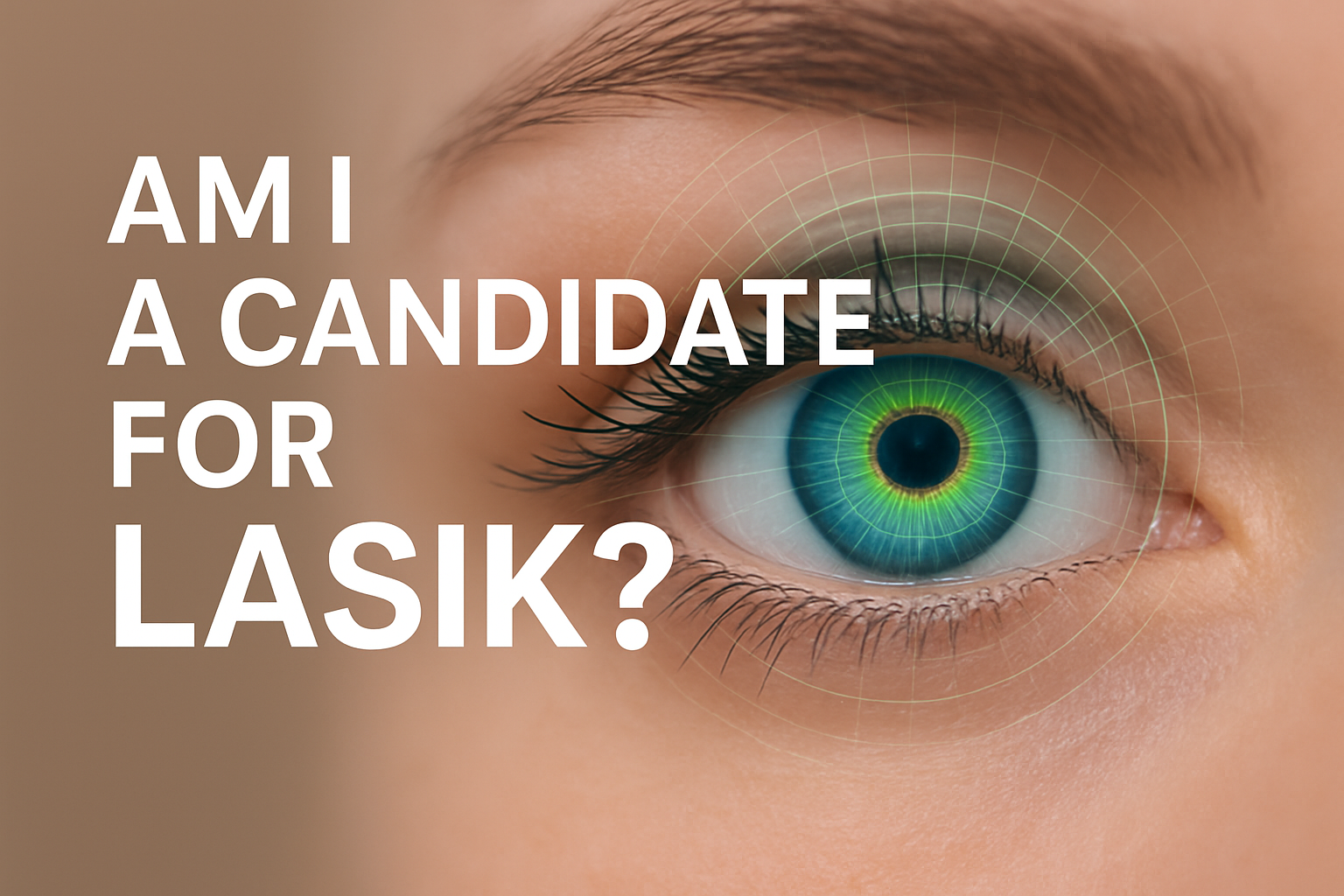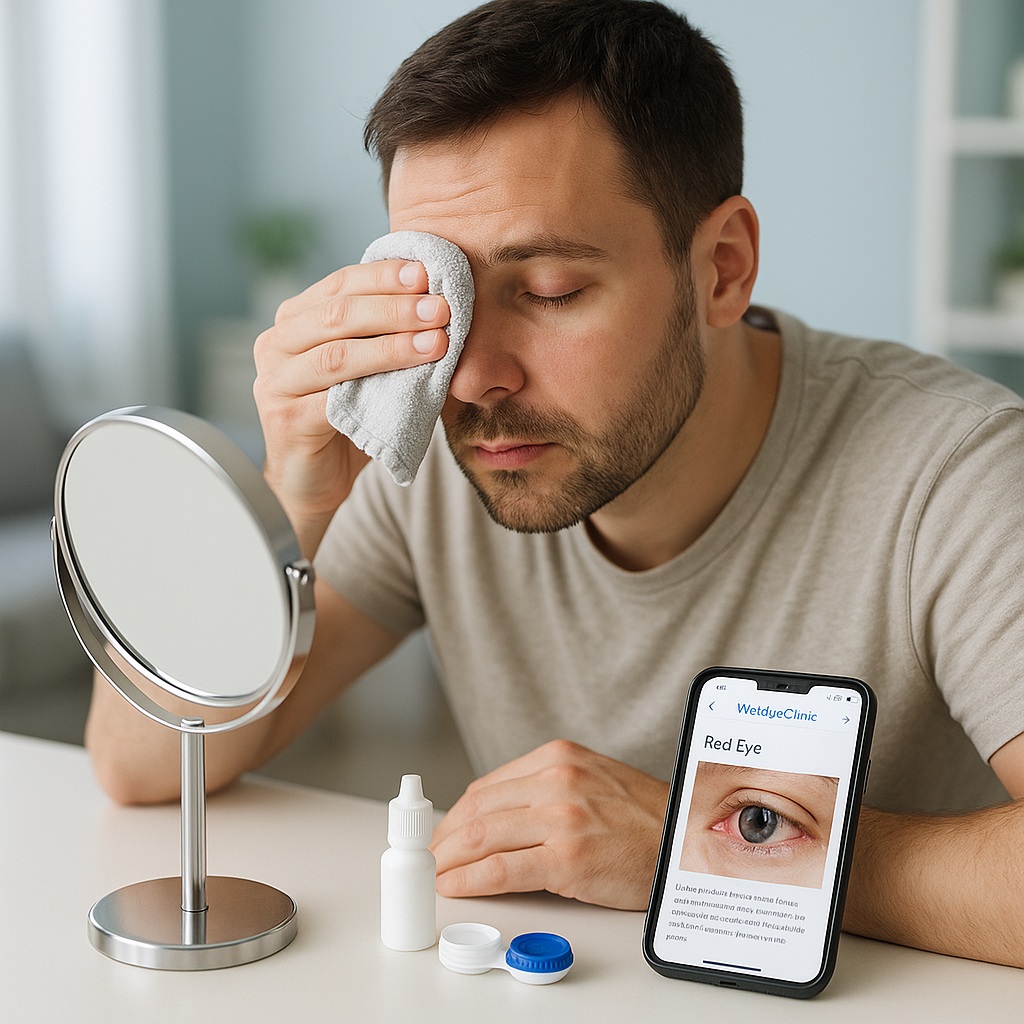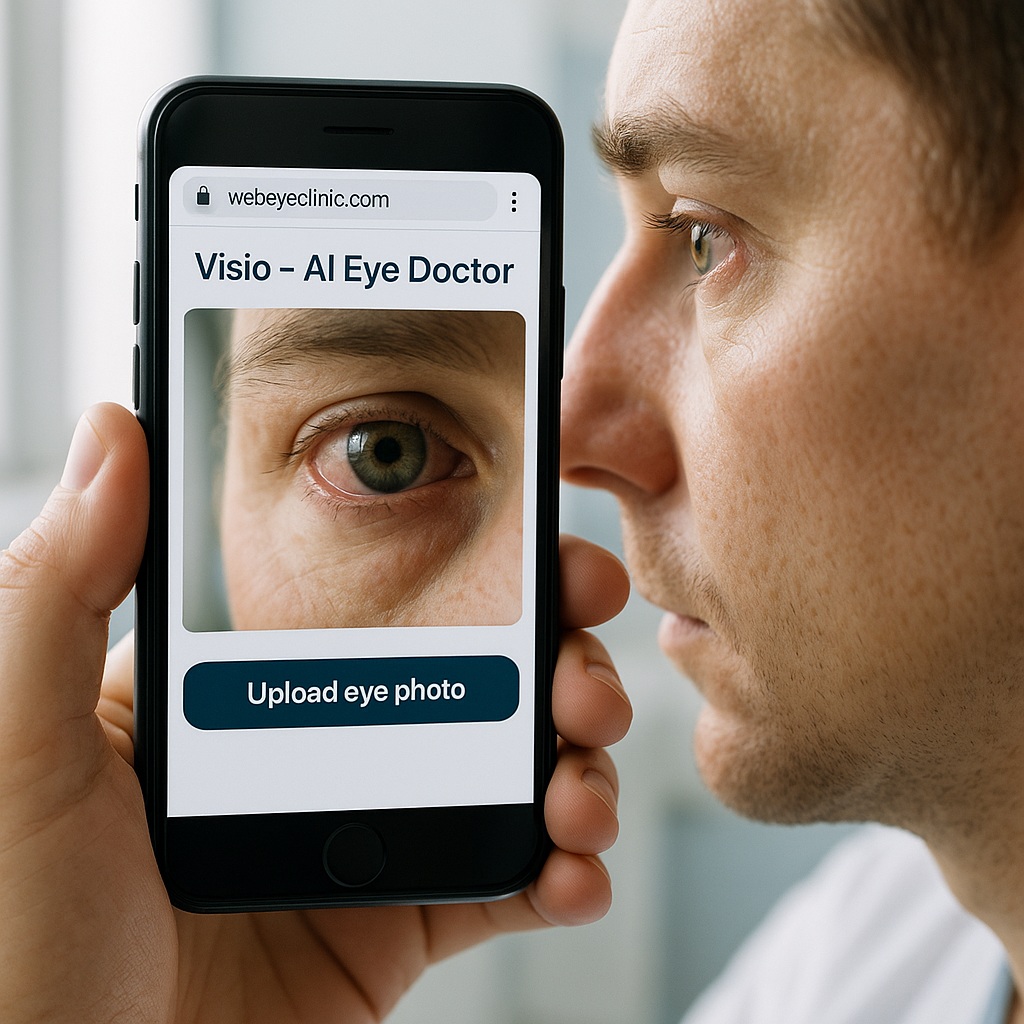Am I a Candidate for LASIK? Comprehensive Guide to Eligibility and Procedure Options
Published: August 16, 2025
1. Understanding LASIK
LASIK (Laser-Assisted In Situ Keratomileusis) is a popular laser eye surgery that reshapes the cornea to correct refractive errors like nearsightedness, farsightedness, and astigmatism. Most patients achieve significant improvement in vision, often within 24–48 hours. The procedure is safe, effective, and allows for rapid recovery, but candidacy depends on several key factors.
2. Key Eligibility Criteria
Determining if you are a candidate for LASIK requires evaluating your age, vision stability, corneal health, and overall ocular condition.
2.1 Age and Vision Stability
- Must be at least 18 years old.
- Prescription should be stable for at least 12 months.
2.2 Refractive Error Range
- Nearsightedness (myopia): up to -12.00 diopters
- Farsightedness (hyperopia): up to +6.00 diopters
- Astigmatism: up to 6.00 diopters
2.3 Corneal Health
Corneal thickness and shape are evaluated with a Pentacam or corneal tomography.
- Good indicators: thickness ≥500 microns, regular curvature, no keratoconus.
- Red flags: thin corneas, irregular shape, early keratoconus.
2.4 Pupil Size
Large pupils may increase risk of halos, glare, or starbursts at night. Alternative procedures may be recommended if risk is high.
2.5 Tear Film and Dry Eyes
Adequate tear production is essential for healing and laser accuracy. Severe dry eye must be managed prior to surgery.
2.6 General Health Considerations
- Uncontrolled diabetes, autoimmune disorders, or recent pregnancy may affect candidacy.
- Medications that interfere with healing may also be a factor.
3. Essential Eye Exams
Comprehensive preoperative testing determines suitability and the safest procedure option.
- Visual Acuity & Refraction: Checks prescription and stability.
- Corneal Topography / Pentacam: Evaluates thickness, curvature, and irregularities.
- Pupil Measurement: Identifies risk of night vision disturbances.
- Tear Film Analysis: Screens for dry eye syndrome.
- Intraocular Pressure & Retinal Health: Ensures overall ocular health.
4. LASIK and Alternative Procedures
Based on exam results, your surgeon may recommend different laser procedures:
4.1 Conventional LASIK
- Best for mild to moderate refractive errors with healthy corneas.
- Quick recovery and minimal discomfort.
- Not suitable for very thin or irregular corneas.
4.2 Femto LASIK
- Uses a femtosecond laser to create a flap instead of a blade.
- Best for patients with sufficient corneal thickness and regular curvature.
- Not ideal for extremely thin or irregular corneas.
4.3 PRK (Photorefractive Keratectomy)
- Surface laser procedure without flap creation.
- Ideal for thin corneas or early keratoconus.
- Longer recovery period but safe for high-risk corneas.
4.4 SMILE (Small Incision Lenticule Extraction)
- Minimally invasive with no flap.
- Best for moderate nearsightedness and thinner corneas.
- Less effective for farsightedness; limited availability.
5. When Non-Candidates May Become Eligible
Even if you are not immediately eligible, candidacy can improve through:
- Vision stabilization over time.
- Corneal treatments like cross-linking for mild keratoconus.
- Management of dry eyes or systemic health conditions.
6. Recovery and Aftercare
- Use prescribed eye drops to prevent infection and dryness.
- Avoid rubbing your eyes during healing.
- Limit screen time, dust, or smoke exposure.
- Attend follow-up visits to monitor recovery.
Most patients return to normal activities within days, though full visual stabilization may take several weeks.
Conclusion
Asking “Am I a candidate for LASIK?” is the first step toward clearer vision. Eligibility depends on age, vision stability, corneal health, tear production, and overall medical status. With proper evaluation and personalized recommendations, LASIK, Femto LASIK, PRK, or SMILE can help you achieve improved vision and a better quality of life. Regular eye exams and professional guidance ensure the safest outcomes.


